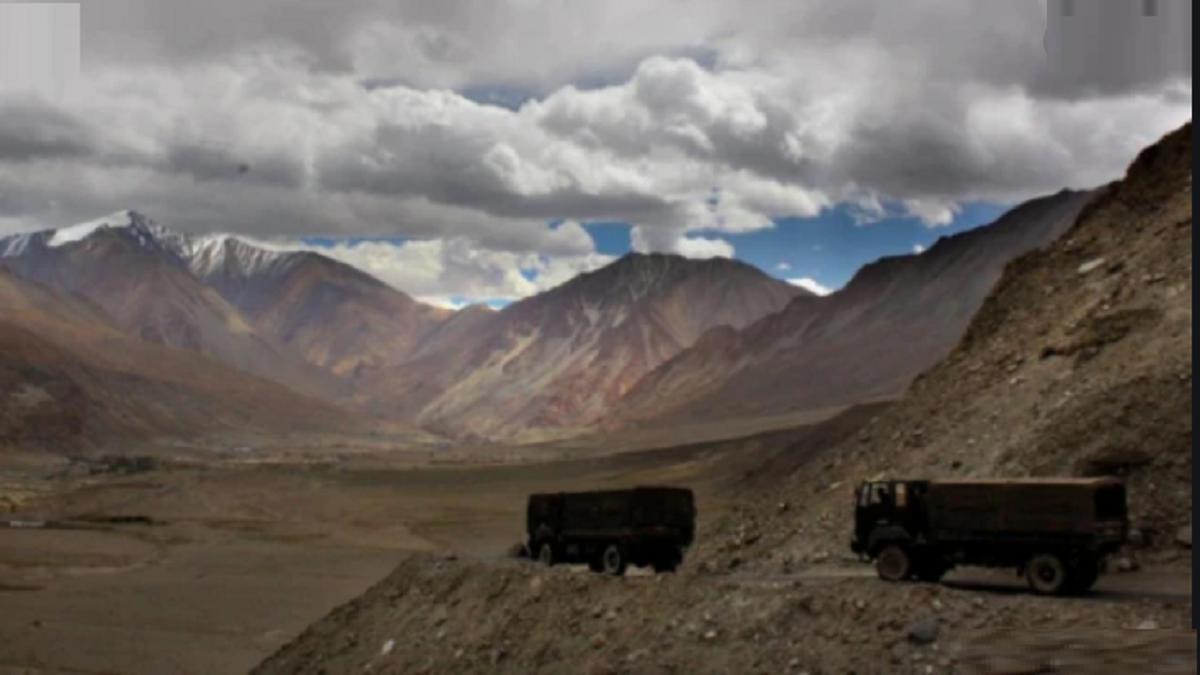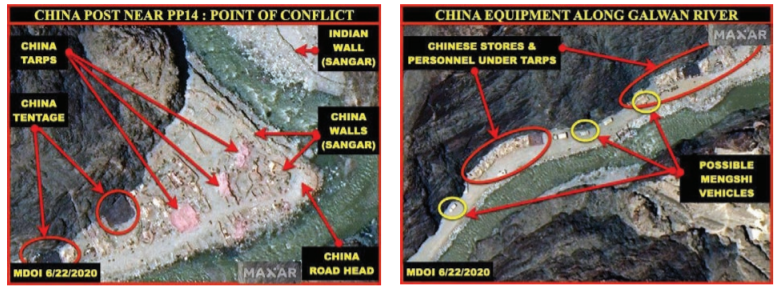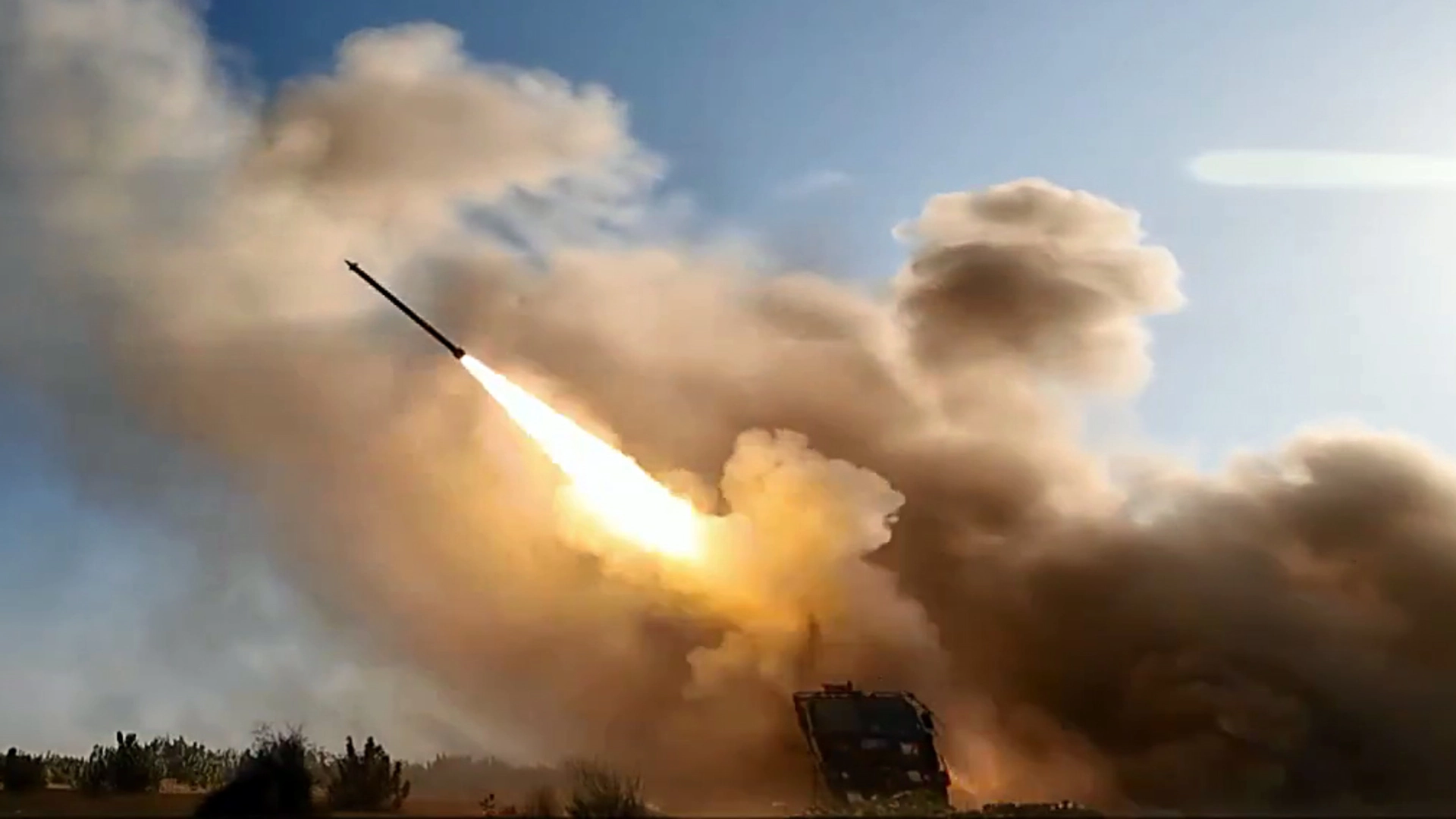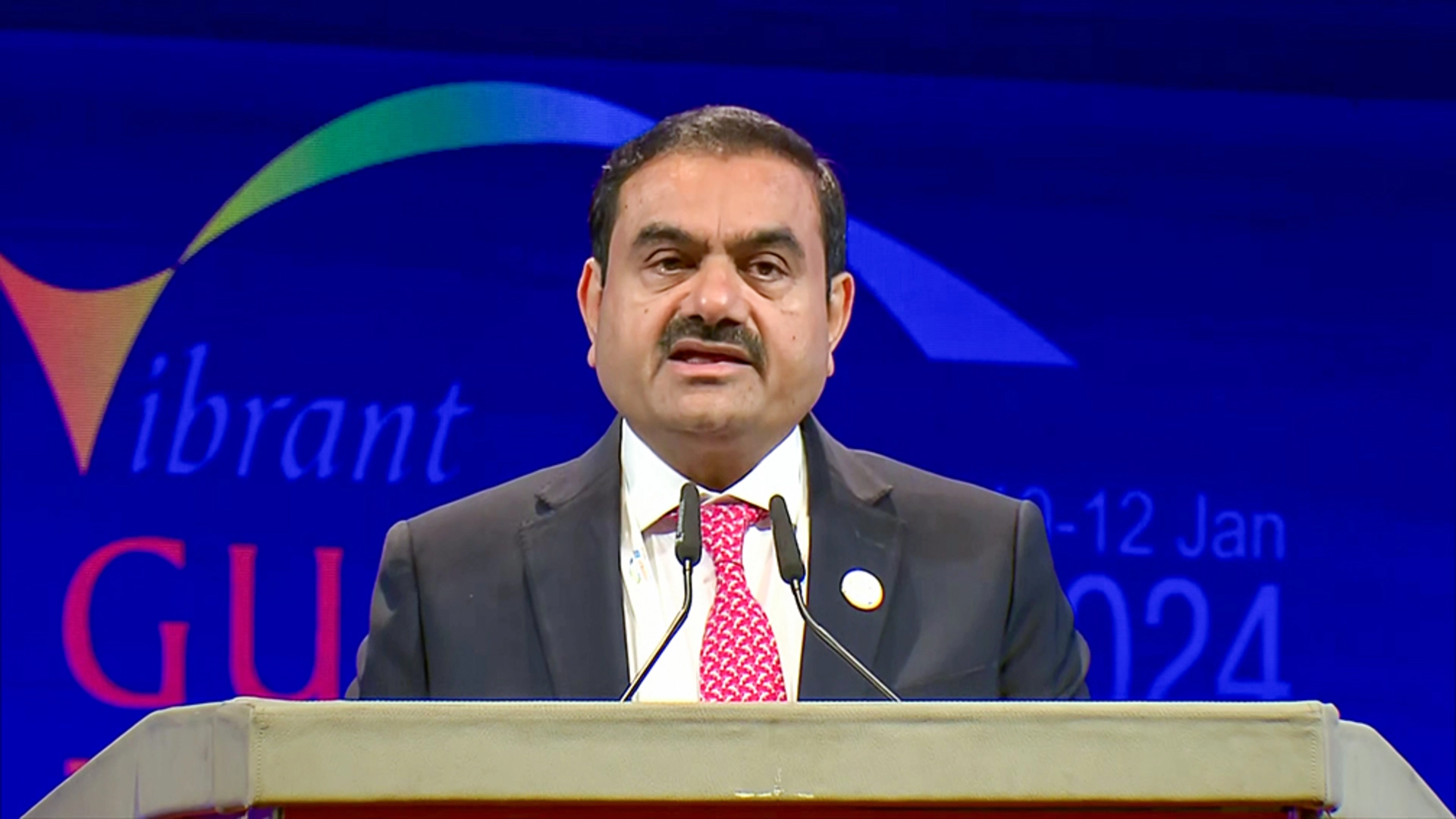
China has used the lull after the Galwan Valley clash on 15 June to increase military build-up along the eastern Ladakh sector. The four major points of confrontation on both sides include the Galwan Valley area, Patrolling Point 15, finger area and Patrolling Point 17 Hot Springs area where it has done a massive military build-up using its road infrastructure.
Government sources told The Daily Guardian, “Even as we were talking about peace and reducing tension after the confrontation, the Chinese immediately used the time to increase the deployment of their troops in the four disputed areas to strengthen the positions.

In the recently held diplomatic talks at different levels, China had agreed to reduce tensions, but in reality, the Chinese have been increasing military presence along the eastern Ladakh sector. However, the Indian Army has been closely watching every move of the Chinese military. The Indian side has also deployed additional military force during this period and now almost matched the People’s Liberation Army (PLA) build-up on its side of the LAC.
Activities have also being increased by the Chinese in the nearby Daulat Beg Oldie (DBO) area. The DBO region is also known as Sub Sector North. The Siachen glacier area is on its left side. A source said, “The Chinese want to create trouble for us and have been blocking our patrols from going up to our patrolling points 10 to 13 in that area. These are adjoining the caravan river valley and are close to the Indian battalions in the DBO sector.”
According to sources, China has also used road infrastructure in its rear positions to bring heavy vehicles and artillery closer to the LAC.
Meanwhile, India on Thursday said that deployment of a large number of troops by China and changes in behaviour along the LAC have also been aggravated by unjustified and untenable claims and a continuation of the current situation would only vitiate the atmosphere for the development of the relationship.
External Affairs Ministry spokesperson Anurag Srivastava said that since early May, the Chinese side has been amassing a large contingent of troops and armaments along the LAC which is not in accordance with the provisions of various bilateral agreements, especially the key 1993 Agreement on the Maintenance of Peace and Tranquillity along the Line of Actual Control in the India-China Border Areas. He said maintenance of peace and tranquillity in the border areas is the basis of the bilateral relationship.
Srivastava said all infrastructure built by India has always been on its own side of the LAC and it has never undertaken any actions across the LAC and has never attempted to unilaterally change the status quo. “However, that has not been reciprocated by the Chinese side and that from time to time has led to face-offs,” he said.
The spokesperson said that over many years, both sides have developed patterns of patrolling and it is a reasonable expectation that patrols will not be obstructed in the discharge of their legitimate duties. “Unfortunately, we have experienced in the last many years obstruction to patrolling that often accompany efforts to unilaterally change the status quo. To provide for situations where the two sides encounter each other, a set of procedures and norms have been mutually agreed upon. These are reflected in a number of agreements and understandings. While there have been occasional departures in the past, the conduct of Chinese forces this year has been in complete disregard of all mutually agreed norms,” he said.
He also referred to China seeking to change its position in respect of Galwan Valley. “The deployment of a large body of troops and changes in behaviour has also been aggravated by unjustified and untenable claims. The recent shift in the Chinese position on the Galwan Valley is one example,” he said.
With inputs from agencies














